Blossoms and Shadows
Hachette, $34.99 pb, 468 pp, 9780733626500
Blossoms and Shadows by Lian Hearn
Within little more than a decade, between the 1850s and the 1860s, seven centuries of Japanese feudalism and more than two hundred years of seclusion came to an end with the collapse of the Tokugawa shōgunate. These tumultuous times have perennially fascinated historians, novelists, and filmmakers, Japanese and foreign, to such an extent that little more, it might seem, remains to be said about them.
Popular Western accounts often claim it was outside pressure, particularly from America, that reopened Japan to the world after a succession of foreign arrivals: the Portuguese traders and missionaries in the 1540s and their Spanish rivals in 1592; and British, Russian, and Dutch traders in the early 1600s. For a brief period, Japanese sailed to the ‘south seas’ in search of trade, and foreigners brought new technologies, weapons, food, plants, clothes, and religion into Japan. Then, from 1635, no Japanese was permitted to travel abroad, none could return from Japanese settlements in South-East Asia, no Catholic could enter Japan, and, in Nagasaki, only the Chinese, and the Dutch literally isolated on Deshima, were allowed limited trading rights. But the influence of contacts with foreigners persisted even during the sakoku period of isolation. Russians sought entry to Hokkaidō in 1792 and Nagasaki in 1804, the British repeated the process shortly afterwards in the same places, and American ships arrived in Nagasaki and Edo on five occasions between 1791 and 1849, well before Commodore Perry’s famous visits in 1853 and 1854. Concessions won by Perry for the United States were followed by treaties with the British, Russians, Dutch, and French in the late 1850s.
What many Westerners describe as the sudden opening of Japan to the world was, from Japan’s perspective, a much longer process, to which the decline of Tokugawa leadership, autocracy, mounting debt, and crop failures contributed well before America’s black ships arrived. Even during two hundred and more years of consolidation and relative peace under the shōguns, challenges to the bakufu were mounted from both inside and outside Japan. From the 1830s, armed groups demanding modernisation frequently clashed with those fearful of change, especially in two Japanese domains in southern Kyūshū and western Honshū (Satsuma and Chōshū). Then, as reluctant allies, they tried to repel the foreigners in the name of the emperor. The next two decades, which saw social upheaval, violent reaction, and rival claims for power, are called bakumatsu, the end of the shōgunate. These events are not only familiar to Japanese historians: a generation raised on manga now reads comics featuring their favourite role-players in the drama.
The period is spanned by Lian Hearn’s new novel, following her five-volume Tales of the Otori (2002–07). All of this British-born Australian’s work reflects her immersion in Japanese language, culture, and history. Only one foreigner makes a cameo appearance in her book: Thomas Glover, the British merchant in Nagasaki. Unlike most popular narratives of Japan written in English, all its real and fictional characters and historical and imaginary events are located inside Japanese society, and are seen through the eyes of a Japanese narrator, Tsuru, the daughter of a physician in Chōshū.
Dr Itasaki’s only son has gone to imbibe ‘Dutch learning’ in Deshima, but Tsuru, useful and talented, is permitted to learn by helping her father, applying Chinese medicine, herbal remedies, and local knowledge. She has an uncanny capacity to foresee the deaths of some patients, and she envisages how local young men will die, long before they do. These are the shishi, the ‘men of determination’, followers of the young activist Yoshida Shōin, who agitate against the bakufu in a semi-coordinated way, rather like today’s protesters at international economic conferences. But the shishi are assassins, with aspirations higher than domain bureaucracy offers. As ‘masterless samurai’, they are armed with two swords, which they use freely in the struggle to replace the shōgunate in Edo with the emperor in Kyoto. Some manage to get away to study in England, where they realise that Japanese swords, small ships, and ancient cannon are no match for the industrialised West. Many of Tsuru’s shishi friends are arrested, tortured, and killed, but some will become ministers in the Meiji government after 1868.
Tsuru obliges her parents by marrying a medical colleague; later they adopt her niece. But in the upheaval of approaching war, Tsuru elopes with an uncle of her own age (Japanese extended families were complicated) and travels across the country with him, dressed as a man, and enjoying being able to practise medicine. Political news reaches them slowly, but they learn that many of the shishi have died or been forced to commit suicide. With each abrupt reversal of policy and allegiance, the lives of talented young men are callously wasted, but Tsuru accepts this fatalistically, even when those close to her become victims.
Hearn’s story (and her nom de plume takes us back a century) leaves a reader reflecting on Japaneseness, its enduring characteristics, and the consequences of long periods of national solitary confinement. North Korea comes to mind, but so too does Japan’s situation today. Lacking another generation of shishi to free the country from the imperial establishment their predecessors fought for, and the American influence they resisted, modern Japan is not yet free of contradictions.


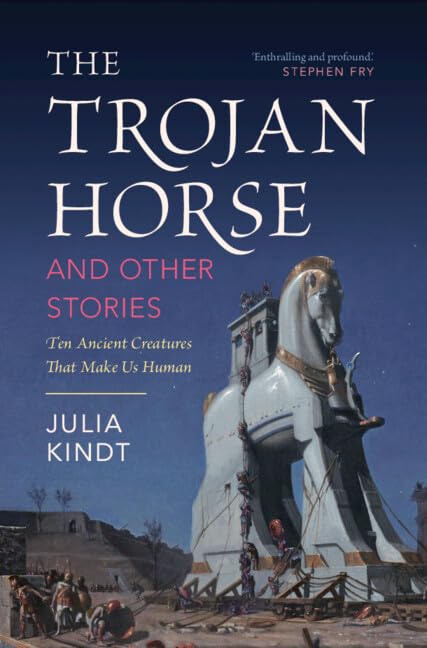
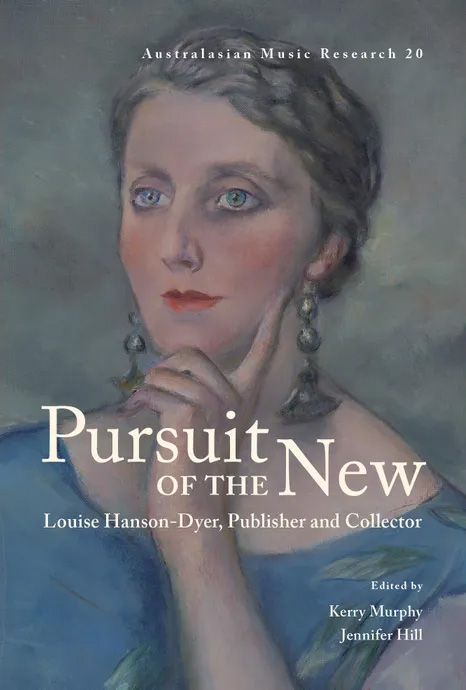
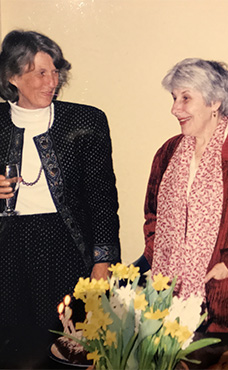


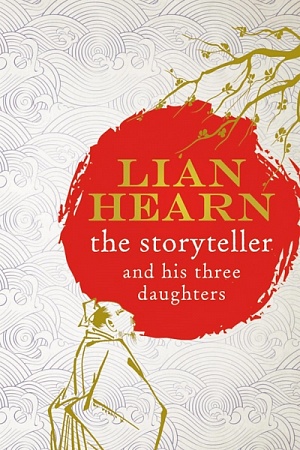
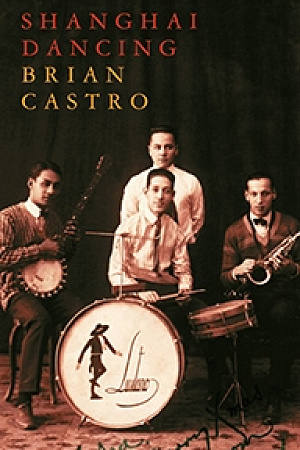

Leave a comment
If you are an ABR subscriber, you will need to sign in to post a comment.
If you have forgotten your sign in details, or if you receive an error message when trying to submit your comment, please email your comment (and the name of the article to which it relates) to ABR Comments. We will review your comment and, subject to approval, we will post it under your name.
Please note that all comments must be approved by ABR and comply with our Terms & Conditions.